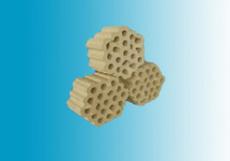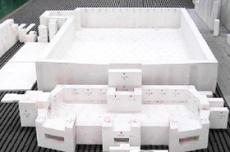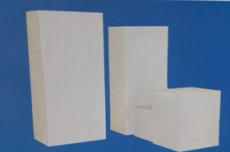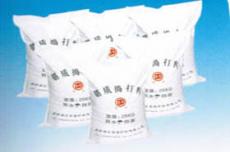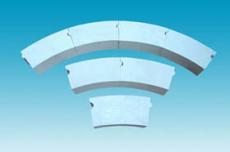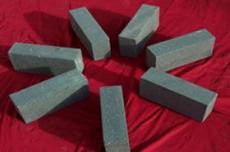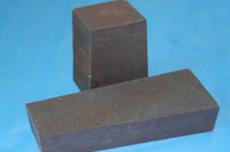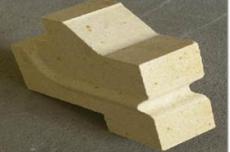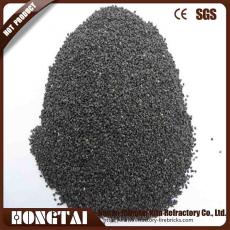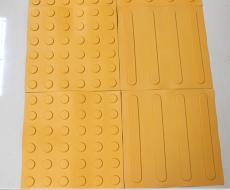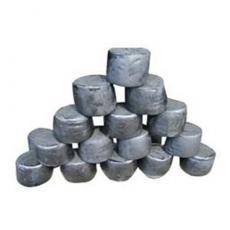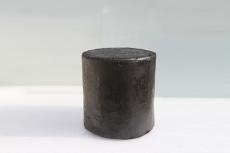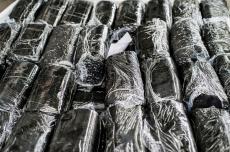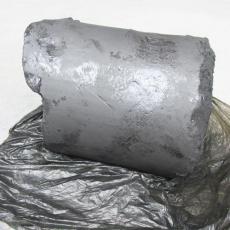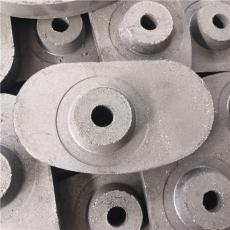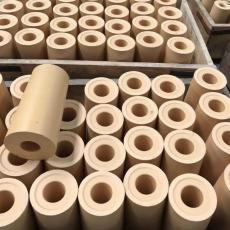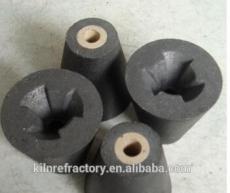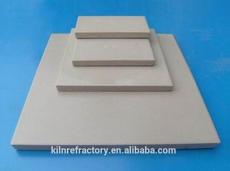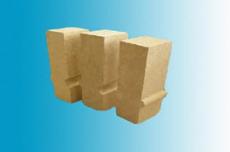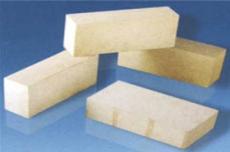
Alkali-resistant casting materials are essential protective materials for high-temperature equipment such as industrial furnaces. Depending on the environment and operating conditions, they are mainly divided into two types: light alkali-resistant casting materials and heavy alkali-resistant casting materials.
Light Alkali-Resistant Casting Materials
The porosity of light alkali-resistant casting materials is greater than 45%. At high temperatures, they chemically react with alkali metal oxides to form a highly viscous liquid phase. A dense protective layer, similar to axonization, is then formed. This protective layer effectively prevents the erosion of molten alkali metals and provides heat retention and alkali metal corrosion resistance. The chemical composition contains 30% to 55% Al₂O₃ and 25% to 45% SiO₂. The cement consumption of ordinary alkali-resistant lightweight concrete is 25 to 30%, and its water content is 20 to 25%. However, at medium temperatures (800 to 1000 °C), the structure of the cement paste is easily degraded and its strength is greatly reduced, reaching only 50% of its dry strength. To solve this problem, the use of ultrafine powder and suitable dispersants, after process optimization, has reduced cement consumption to 10 to 20% and its water content to 15 to 20%. Alkali-resistant lightweight concrete is mainly used for the top lining of preheaters and the insulating lining of cylinders. Its excellent insulation performance and resistance to alkali corrosion ensure stable operation of the plant.
Heavy alkali-resistant refractory concrete:
The porosity of heavy alkali-resistant refractory concrete is less than 59. The aggregates are generally composed of alumina and clay clinker. The binder and alkali-resistant powder are the same as those of lightweight alkali-resistant refractory concrete. The main components are Al₂O₃ (35-60%) and SiO₂ (35-60%). Ordinary heavy alkali-resistant refractory concrete is composed of 20% cement and 10-15% water. Improved low-cement heavy alkali-resistant refractory concrete is composed of 5-15% cement and only 6.5-7.5% water. This improvement is mainly due to the use of high-alumina cement and silica powder (fumed silica) as binders. The addition of silica powder not only improves the bond strength of medium-temperature concrete, but also promotes the formation of an anti-axial penetration layer on the concrete surface during use. This improves the mechanical strength and alkali erosion resistance of medium-temperature heavy alkali-resistant concrete. Heavy alkali-resistant cast steel is mainly used for kiln outlets, preheaters, tapholes, tuyeres, and other key parts of alumina and cement rotary kilns. It effectively protects these parts exposed to harsh operating conditions, such as high temperatures and strong alkali erosion, thus ensuring the proper operation and service life of the equipment.
The classification and application of alkali-resistant cast steel vary depending on the working environment and operating conditions of equipment, such as industrial kilns. Low alkali-resistant cast steel is mainly used for preheater covers, cylinder insulation linings, etc., due to its excellent insulation performance and resistance to alkali corrosion. Heavy alkali-resistant cast steel is suitable for key components such as kiln mouths, preheaters, tapholes, and nozzles in alumina and cement rotary kilns, due to its high medium-temperature strength and excellent resistance to alkali corrosion.
Through process improvements, the performance of these two cast steels has been significantly improved. Reducing the amount of cement and water added not only improves the stability of the material but also extends its high-temperature service life. These improvements enable alkali-resistant cast compounds to better meet the various requirements of industrial production and ensure the safe and efficient operation of high-temperature facilities.
